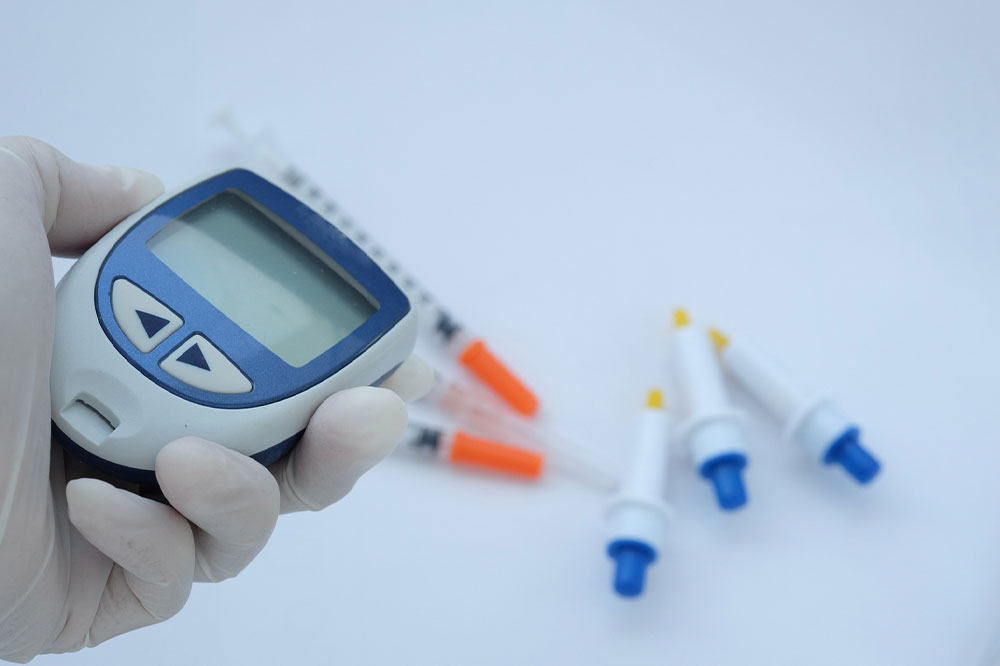
Glucose monitor – Benefits, popular brands, and more
Glucose monitors play a crucial role in the lives of individuals with diabetes, enabling them to effectively manage their blood sugar levels. With the advancement of technology, glucose monitors have become more accurate, user-friendly, and accessible. Today, we will explore the world of glucose monitors, including popular brands available in the market, the cost of these devices, and the importance of a sugar range chart in monitoring blood sugar levels.
Benefits of using glucose monitors
Using glucose monitors offers several advantages for individuals with diabetes:
Better diabetes management
Regular monitoring helps individuals gain insights into their glucose patterns and identify trends that may affect their health.
Timely interventions
Glucose monitors provide immediate feedback, enabling users to take action when blood sugar levels are too high or too low.
Personalized treatment
With accurate glucose data, healthcare professionals can tailor treatment plans to meet individual needs.
Improved quality of life
By effectively managing their blood sugar levels, individuals can reduce the risk of complications and enjoy a better quality of life.
Popular brands in the market
The market offers a wide range of glucose monitors from reputable brands. Some popular brands known for their accuracy, reliability, and features include:
Eversense
FreeStyle Libre
Dexcom G6
The Contour Next One
These brands have a strong presence in the market and offer a variety of glucose monitoring options to cater to different user preferences.
Understanding the cost of glucose monitors
The cost of glucose monitors can vary depending on various factors such as brand, features, and functionality. Traditional glucose monitors, which require a blood sample and test strips, are generally more affordable, with prices ranging from $20 to $60. On the other hand, continuous glucose monitoring (CGM) systems, which offer real-time monitoring without the need for finger pricks, tend to be more expensive, ranging from $200 to $500. In addition to the initial purchase cost, it’s essential to consider the ongoing expenses associated with glucose monitoring. This includes the cost of test strips, lancets, and sensors for CGM systems, which need to be replaced regularly. These additional supplies contribute to the overall cost of monitoring blood sugar levels.
Sugar range chart: A handy reference for monitoring
Monitoring blood sugar levels involves interpreting readings within a specific range. A sugar range chart is a handy reference to determine whether blood sugar levels are within the desired range. The chart typically includes different categories such as “normal,” “prediabetes,” and “diabetes,” with corresponding blood sugar level ranges. Here is a sugar range chart that can help an individual understand and monitor blood sugar levels:
Normal range
Fasting blood sugar level: 70-99 mg/dL
Blood sugar level after meals: Less than 140 mg/dL
Prediabetes range
Fasting blood sugar level: 100-125 mg/dL
Blood sugar level after meals: 140-199 mg/dL
Diabetes range
Fasting blood sugar level: 126 mg/dL or higher
Blood sugar level after meals: 200 mg/dL or higher
It’s important to note that ranges may vary depending on individual circumstances and recommendations from healthcare professionals.
Glucose monitoring is a critical aspect of diabetes management. A glucose monitor offers numerous benefits, including accurate blood sugar readings, ease of use, and improved diabetes management. By choosing a reliable glucose monitor from popular brands, individuals can gain better control over their diabetes and lead healthier lives.




